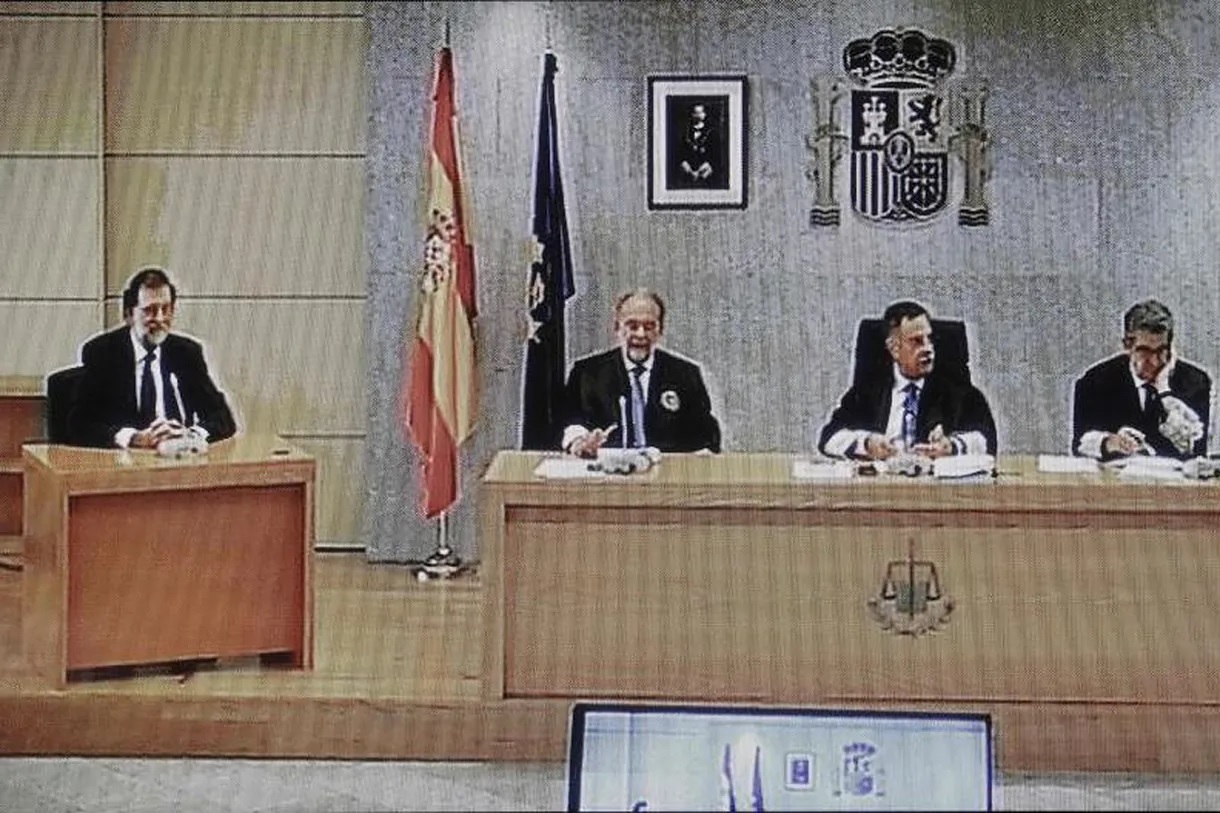Pedro Sánchez will have to appear next Tuesday to testify before Judge Juan Carlos Peinado in the investigation against his wife, Begoña Gómez, for alleged influence peddling and corruption in business. Sánchez will thus become the fourth President of the Government to have to appear before a judge, but only the second, after Mariano Rajoy, to do so while in office. Adolfo Suárez and Felipe González also had to testify, but in their case, it was after leaving the presidency.
Appearing as a witness implies the obligation to tell the truth. Sánchez will have to answer questions about the meetings held at La Moncloa with his wife and businessman Carlos Barrabés, and probably also about the professional activities carried out by his wife using the means and resources of the presidency.
This time, the judge's order raises the possibility that Pedro Sánchez's testimony may be in writing, and the President may not have to go to the courthouse of the 41st court in Madrid. His predecessor, Mariano Rajoy, requested this possibility when summoned as a witness, albeit in an oral trial, to testify in the Gürtel case, but on that occasion, the judge of the National Court did not allow it. What the court did specify was that Rajoy was appearing not as the President of the Government but as a "Spanish citizen."
Rajoy was summoned on July 26, 2017, at 10:00 a.m. at the National Court headquarters in the town of San Fernando de Henares, at the request of the Association of Democratic Lawyers for Europe, acting as a popular prosecution, and had to answer the judge's questions about the irregular financing of the PP and the public contracts awarded to companies in the Gürtel network, led by Francisco Correa. The investigation period spanned over a decade, specifically between 1990 and 2005. During that time, Rajoy held the position of Deputy Secretary General of the PP and directed the electoral campaigns of José María Aznar. In the government field, Rajoy successively held positions as Minister of Education, of Public Administrations, of the Presidency, Vice President of the Government, and its spokesperson.
Before the court, the former President answered all questions, denied the existence of a slush fund in the Popular Party, and cash payments to its leaders. His testimony was broadcasted.
Before Rajoy, Felipe González appeared before the court. It was before the Supreme Court on June 23, 1998, two years after leaving La Moncloa, to testify as a witness in the case of the 1983 kidnapping of Segundo Marey by the Antiterrorist Liberation Groups (GAL). González was identified as Mr. X, essentially as the true organizer of those groups funded with Interior Ministry's secret funds. In his testimony, the former President vehemently denied being that person; he denied ever ordering actions by the GAL or organizing what was known as a dirty war against the terrorist group ETA.
Adolfo Suárez also appeared before the National Court in June 1995, to testify before Judge Manuel García Castellón as a witness in the Banesto case. It had been thirteen years since he left La Moncloa. His testimony was voluntary and at the request of a UGT lawyer. The former President, who was no longer politically active, denied receiving money from Mario Conde in exchange for carrying out favors for Banesto before the Bank of Spain. Three years later, in 1998, Suárez had to testify again
